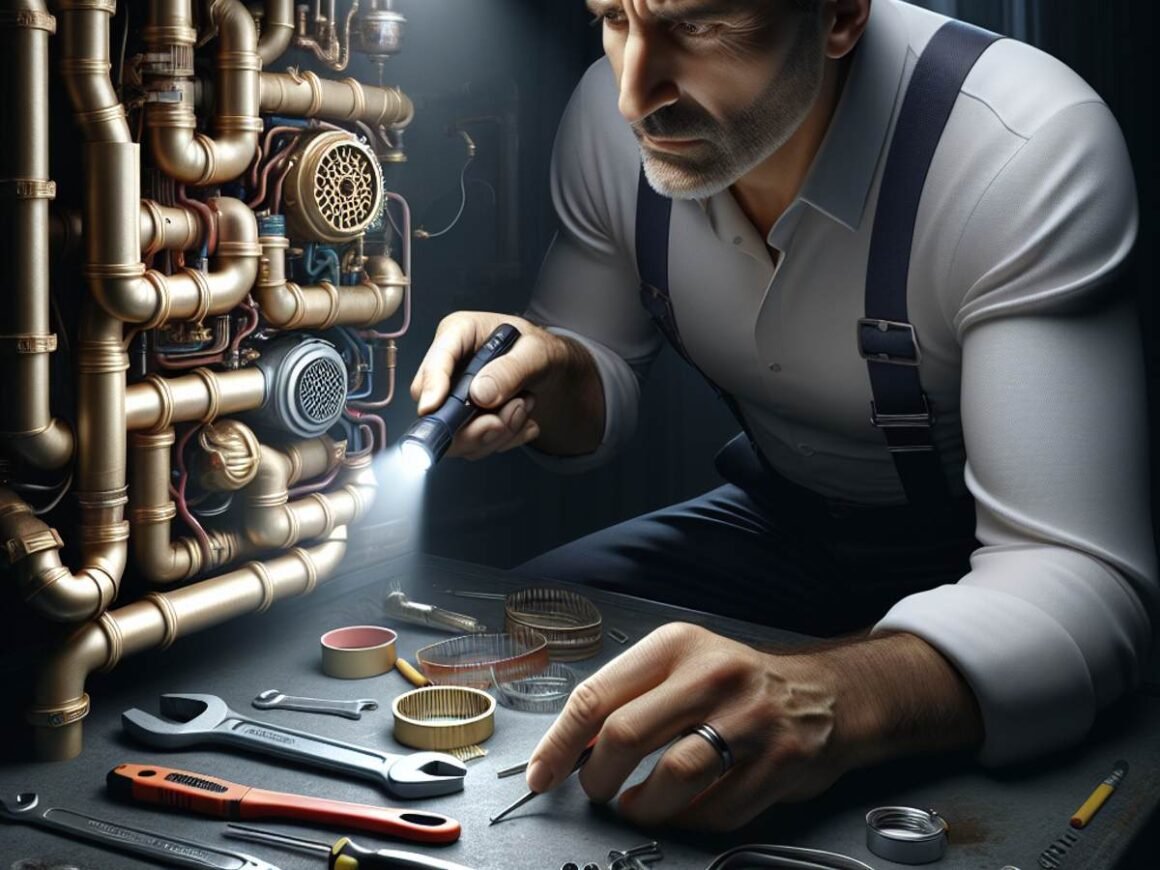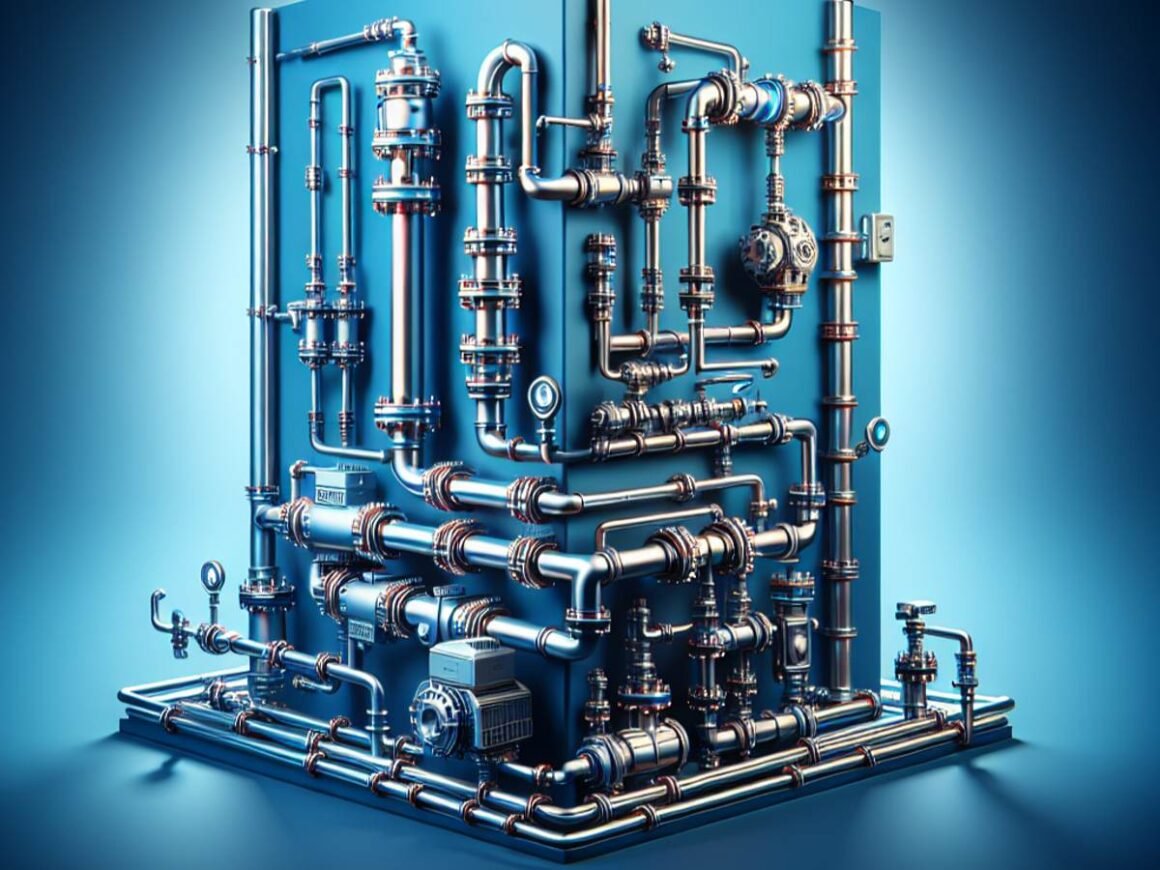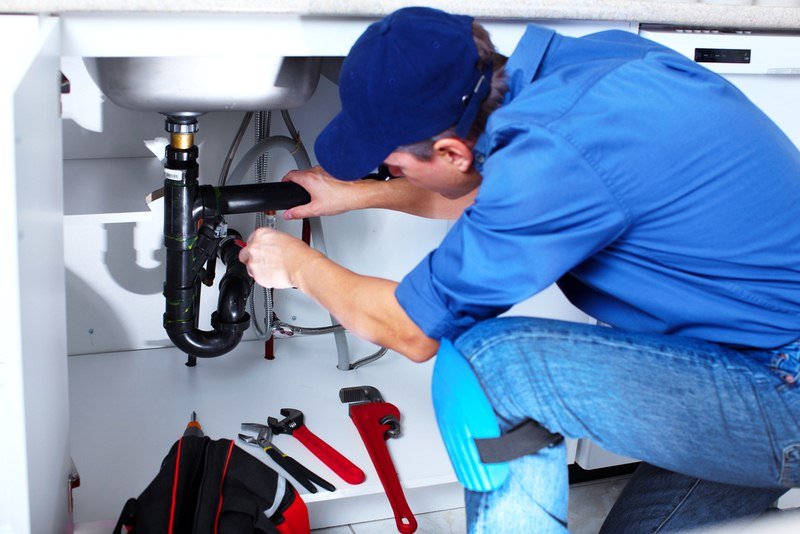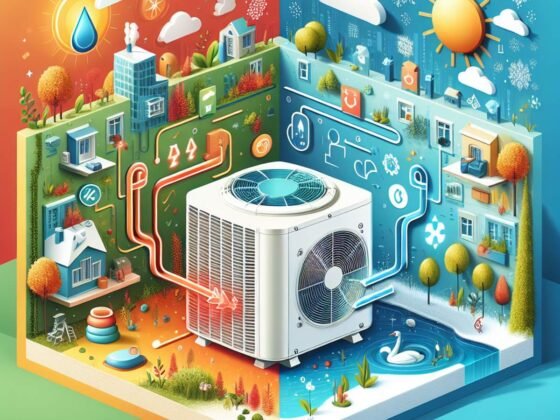Table of Contents Show
Plumbing is a specialized area that is handled best by professionals. Plumbing is not an easy task that anyone can perform. It requires adequate skill and knowledge of plumbing systems.
There are generally four types of plumbing systems applicable around the home. For each system, a specific type of plumber is required to handle the various components like pumps, valves, PVC pipes, and other plumbing pipes efficiently.
4 Types of Plumbing Systems

Before deciding on the type of plumber for your house, you must understand the types of plumbing systems around your home. Different types of plumbing supply systems are explained below.
1. Potable Cold and Hot Water Supply System
It is one of the basic plumbing systems around a house. Under these types of plumbing systems, cold and hot water flows through all faucets in the home. The plumbing system allows the passage of hot water, which is heated on the way to the tap.
Components
- Pipes: These are usually made from materials like copper, PVC, or PEX. They transport water from the main supply to various fixtures.
- Valves: Devices such as shutoff valves control the flow of water and allow for maintenance without shutting off the entire system.
- Faucets: Installed at points of use like sinks and bathtubs, they regulate water flow and temperature.
- Water Heaters: Essential for heating water, these can be tank-based or tankless systems.
Usage
Provides potable water for:
- Drinking: Ensures safe and clean water consumption.
- Cooking: Supplies necessary water for food preparation.
- Bathing: Delivers both hot and cold water for showers and baths.
Location
Typically found in key areas such as:
- Kitchens: For cooking and washing dishes.
- Bathrooms: For showers, bathtubs, and sinks.
- Laundry Rooms: For washing machines that require both hot and cold water.
Most houses in urban areas have these types of plumbing systems. The potable cold and hot water supply plumbing system is typically installed in the backyard close to the exterior of the bathroom for easy access to maintenance. This strategic placement ensures that any required repairs or inspections can be carried out efficiently without disturbing the household’s daily activities.
2. Drainage Venting Plumbing

Drainage venting is one of the most common types of plumbing systems in commercial buildings, residential houses, and industrial units. The drainage venting plumbing system allows the outflow of all sewage and greywater from the building through designated pipes.
Components
- Drain Pipes: Carry wastewater from fixtures to the main sewer line.
- Vent Pipes: Allow air to enter the plumbing system, which aids in maintaining proper pressure and flow.
- Traps: U-shaped pipes that capture a small amount of water to prevent sewer gases from entering living spaces.
Function
- Waste Removal: Efficiently removes wastewater from sinks, toilets, showers, and other fixtures.
- Gas Prevention: Prevents sewer gases from entering living areas by maintaining an air barrier.
- Airflow Regulation: Facilitates the exit of trapped air in sewage pipes, ensuring smooth water flow.
Maintenance
- Regular Inspection: Essential for preventing blockages and maintaining proper flow. Inspections should include checking for signs of corrosion or leaks in pipes.
- Cleaning Traps: Regular cleaning of traps to remove debris and ensure water seals are intact.
- Vent Pipe Checks: Ensuring vent pipes are clear of obstructions like leaves or nests that could impede airflow.
This type of plumbing system also allows the exit of trapped air in sewage pipes. Failure in this system often leads to sewage accumulation and bad odors. To avoid such problems, it’s essential that professionals regularly check it. The designated pipes in buildings for sewage outflow connect with the main city drainage pipe leading to a sewage treatment plant.
Interesting Fact: Did you know that vent pipes not only help with drainage but also play a crucial role in maintaining the longevity of your plumbing system? By allowing air into the system, they prevent vacuum conditions that could damage pipes and fixtures over time.
3. Septic System
In some underdeveloped areas or rural locations where residential complexes are not connected to central sewage systems, people rely on septic systems. These independent systems treat and dispose of household wastewater on-site. Professional plumbers are necessary for both installing and maintaining these systems to ensure they function efficiently and safely.
Components
- Septic Tanks: Large, underground containers that separate solids from liquids.
- Sand Filters: Layers of sand that filter out impurities.
- Alarms: Alert systems that notify users of high water levels or malfunctions.
- Pumps: Mechanical devices that move wastewater through the system.
Function
- Treats wastewater on-site using natural processes like sedimentation, filtration, and bacterial digestion.
- The process begins in the septic tank where solids settle at the bottom, forming sludge, while oils and grease float to the top as scum.
- Effluent (liquid waste) flows out into a drain field or leach field where it is further purified by soil microorganisms.
Maintenance
- Regular Pumping: Septic tanks need to be pumped out every 3-5 years to remove accumulated sludge and scum.
- Treatment: Periodic inspection and treatment help manage odors and ensure the system operates properly.
- Component Checks: Regularly inspect alarms, pumps, and filters for functionality to prevent system failure.
The septic system also includes drainage areas for dumping sewage such as peat moss beds or natural stone fiber filter plants. These elements facilitate the final stage of waste treatment by enhancing filtration and decomposition.
Most rural populations use septic plumbing systems due to a lack of access to centralized sewer infrastructure. This makes regular maintenance crucial for preventing issues like blockages, overflows, and unpleasant odors.
Interesting Fact: Did you know that well-maintained septic systems can last up to 30 years or more? Proper care not only extends the lifespan but also protects groundwater quality by effectively treating household wastewater onsite.
4. Fuel Gas Piping

Fuel gas piping is another critical type of plumbing system commonly found after potable water system plumbing and drainage venting plumbing. Gas piping serves multiple purposes beyond cooking with gas stoves.
Components
- Gas Pipes: Typically made from materials such as black iron, steel, copper, or polyethylene.
- Valves: Essential for controlling the flow of gas; includes shut-off valves for emergency situations.
- Regulators: Maintain consistent gas pressure to ensure the safe and efficient operation of appliances.
Usage
- Supplies fuel for heating appliances like boilers, furnaces, and water heaters.
- Supports household amenities such as fireplaces, outdoor grills, and pool heaters.
- Provides energy for backup generators and other specialized equipment.
Safety Measures
- Proper Construction: Adherence to local codes and standards ensures the safe installation of gas piping systems.
- Regular Maintenance: Periodic inspections help identify wear and tear or potential leaks before they become hazardous.
- Leak Detection: Use of electronic detectors or applying soapy water to joints can help find leaks early.
Specialized plumbers handle fuel gas piping due to its complexity and safety requirements. Proper construction, repair, renovation, and maintenance are essential to prevent leaks or hazards associated with gas as a fuel source.
Interesting Fact: Did you know that natural gas has no odor? A chemical called mercaptan is added to give it a distinctive smell for leak detection.
The plumbing system acts as a circulatory network in your home; these pipes embedded in floors or behind walls ensure efficient transportation of both clean water into your home and wastewater out into main city drains or local septic solutions efficiently while keeping your environment safe and hygienic.
FAQs (Frequently Asked Questions)
The Potable Cold and Hot Water Supply System is one of the basic plumbing systems around a house. It provides safe and clean water for drinking, cooking, and other household uses.
This system is typically found in key areas such as kitchens for cooking and bathrooms for personal hygiene.
Drainage venting plumbing is one of the most common types of plumbing systems. It includes drain pipes that carry wastewater from fixtures to the main sewer line.
The main function of drainage venting plumbing is efficient waste removal, and effectively removing wastewater from sinks, toilets, and other fixtures.
A septic system includes septic tanks, which are large, underground containers that separate solid waste from wastewater.
Fuel gas piping supplies fuel for heating appliances like boilers, furnaces, and water heaters. It is an essential part of the plumbing system in many homes.










